
AsianOverland.net
Tour Guide - Itinerary
Asian Overland Sydney to London
Started 22/06/2022 Finished 21/06/2023365 Days ITINERARY
Day 59 date 19/08/2022LANGKAWI to PHUKET, THAILAND
ASIANOVERLAND.NET SYDNEY TO LONDON DAY 59/345: PHUKET, THAILAND
Phuket, the largest island in Thailand, is in the Andaman Sea in south western Thailand. The island is mountainous and forms the southern end of the Phuket mountain range, which extends for 440 kilometres from the Kra Isthmus.
The Kra Isthmus in Thailand is the narrowest part of the Malay Peninsula and marks the boundary between two parts of the mountain chain which runs from Tibet through the Malay peninsula. The southern part is the Phuket Range, which is a continuation of the Tenasserim Hills, extending northwards for over 400 km beyond the Three Pagodas Pass, on the border between Thailand and Myanmar (Burma).
The Portuguese explorer Fernão Mendes Pinto arrived in Siam in 1545. His accounts of the country include the Ayutthaya Kingdom and its ports in the south. Pinto was one of the first European explorers to describe Phuket, and referred to the island as "Junk Ceylon", a name the Portuguese used for Phuket Island in their maps. Pinto said Junk Ceylon was a destination port where trading vessels made regular stops for supplies and provisions. However, during the mid-16th century, the island was in decline due to pirates and rough and unpredictable seas, which deterred merchant vessels from visiting the island.
In the 17th century, the Dutch, English and, after the 1680s, the French, competed for trade with Junk Ceylon, which was a rich source of tin. In September 1680, a ship of the French East India Company visited the island and left with a full cargo of tin.
A year later, the Siamese King Narai, seeking to reduce Dutch and English influence, named as governor a French medical missionary, Brother René Charbonneau, who remained as governor until 1685.
In 1685, King Narai confirmed the French tin monopoly in Phuket, but the French were expelled from Siam after the 1688 Siamese revolution.
The Kingdom of Siam was controlled by the monarch, who was responsible for maintaining Siam's independence, particularly Rama I (r.1782-1809). Unlike previous rulers, Rama I consulted with social elites on political matters, as well as with Sangha (Buddhist monks) on religious matters. The vast majority of Siamese people are Buddhist.
Rama I was succeeded by Rama II (r.1809-1824), who establishing a government of ministers. In 1820, near the end of his reign, he succumbed to British gunboat diplomacy and gave the British control of Penang.
Rama II was followed by Rama III (r.1824-1851), who granted concessions to the British in exchange for their support. In 1826, in an effort to establish independence, Rama III and British officials signed the Burney Treaty, which affirmed that Kedah, Perlis, Terengganu, and Patani were Thai provinces, while Penang belonged to the British, and the Siamese would permit British trade in Kelantan and Terengganu.
After Rama III's reign, Mongkut (r.1851-1868) signed the Bowring Treaty of 1855, which provided British subjects in Siam with extraterritoriality, meaning Britons were exempt from Siamese laws, and could only be subject to British laws. Mongkut constantly made concessions to the British and French to maintain independence in Siam.
Chulalongkorn ruled from 1868 to 1910 and abolished slavery, centralised revenues, created a national educational system, and safeguarded Siamese independence.
The Anglo-Siamese Treaty of 1909 was a treaty between the United Kingdom and the Kingdom of Siam which established the modern Malaysia–Thailand border. The area around modern Pattani, Narathiwat, and southern Thailand remained under Thai control, where decades later the South Thailand insurgency erupted.
On 26 December 2004, a week after we left Phuket, Phuket and other nearby areas on Thailand's west coast were struck by a tsunami caused by an Indian Ocean earthquake. The waves destroyed highly populated areas, killing 5,300 people in Thailand, and two hundred thousand more throughout Asia.
Almost all of the major beaches on the west coast of Phuket, especially Kamala, Patong, Karon, and Kata sustained major tsunami damage. Thailand's hardest-hit area was the Takua Pa District north of Phuket, where at least a thousand Burmese workers building new beach resorts died.
© This work is copyright. Apart from any use permitted under the Copyright Act 1968, no part may be reproduced by any process, nor may any other exclusive right be exercised, without the permission of Peter Searle, peter@portseavillageresort.com; 1980-2024.
Website built by Justin O’Dea www.webdeveloperdocklands.com.au
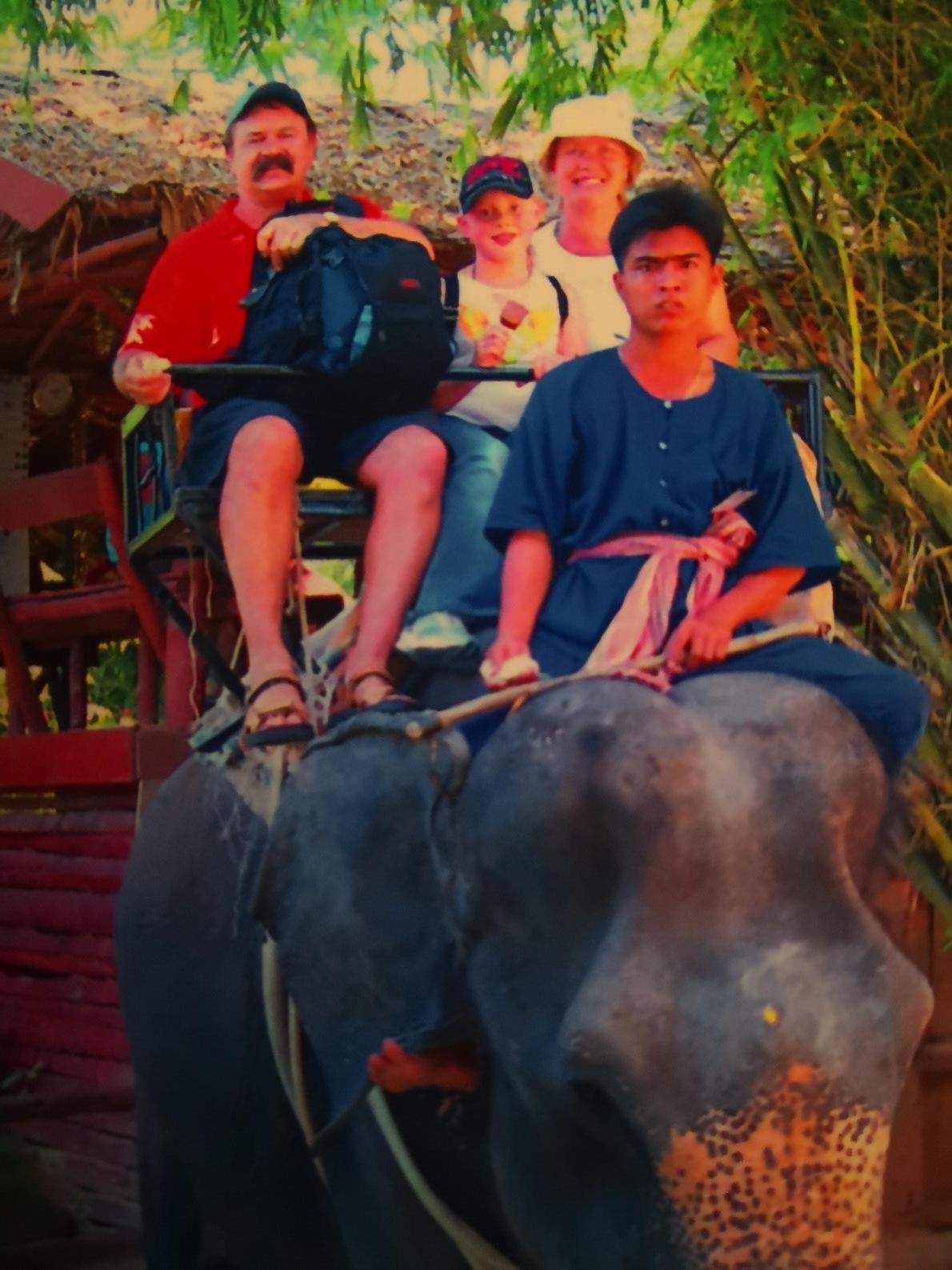


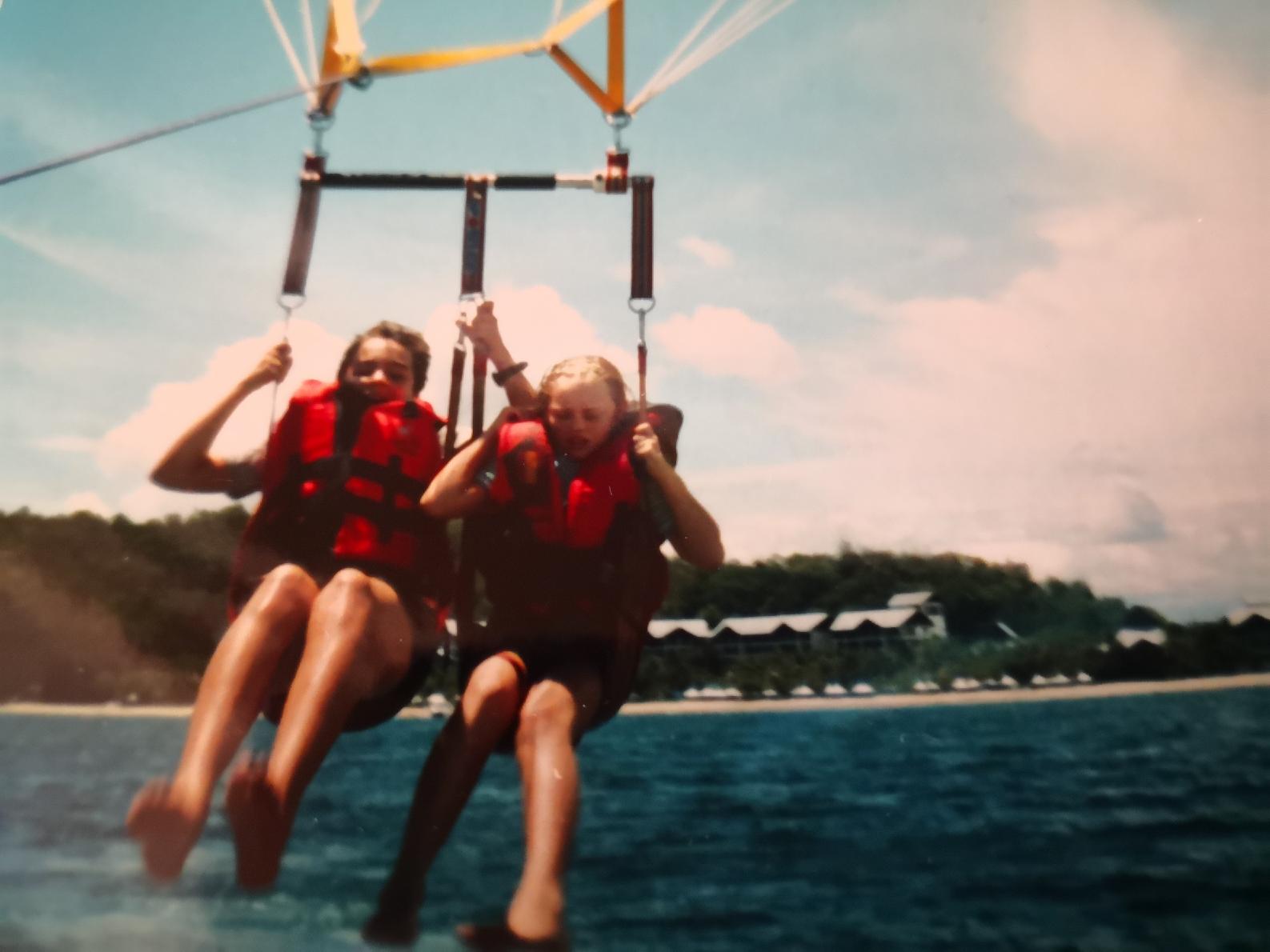

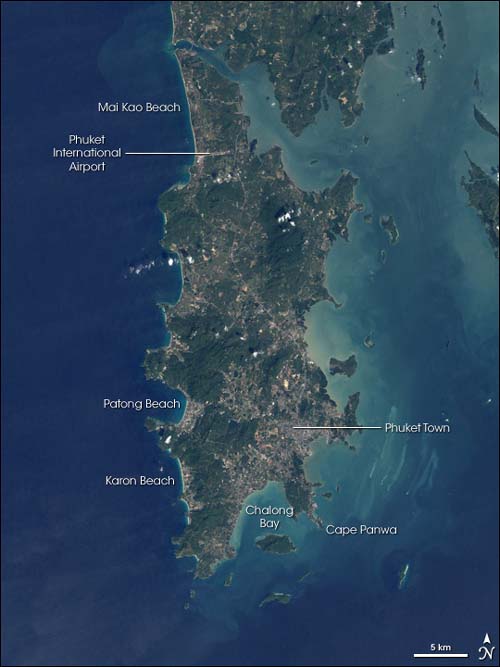
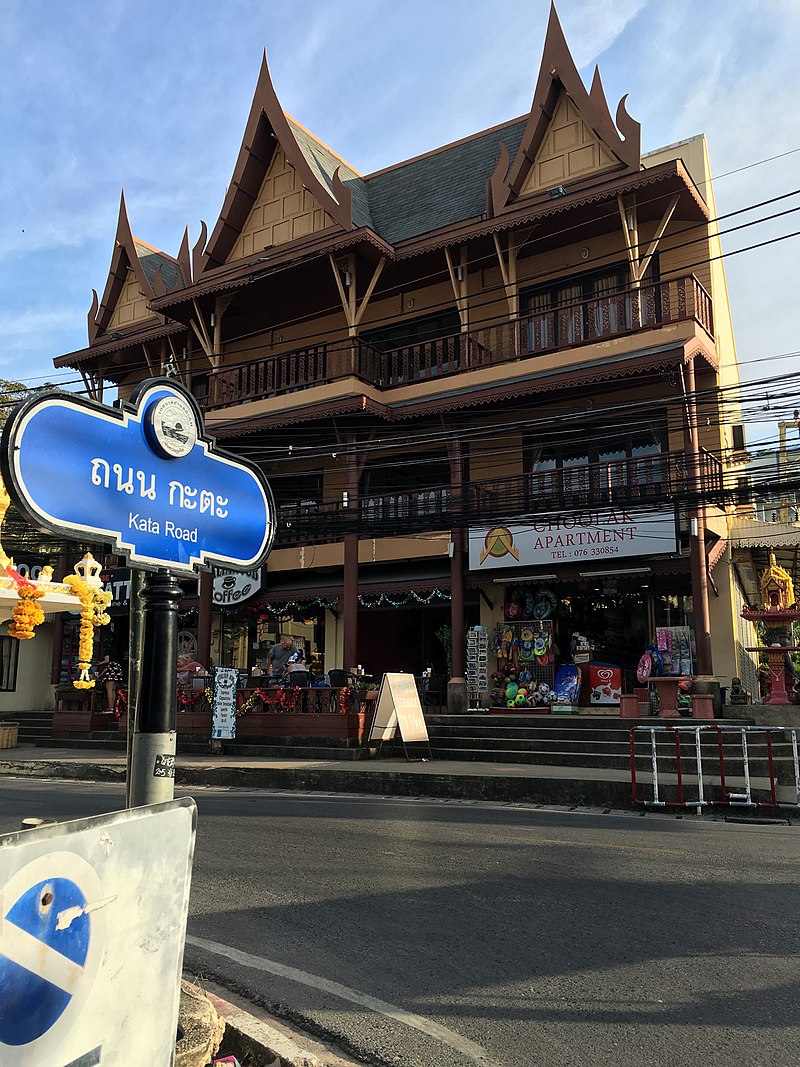
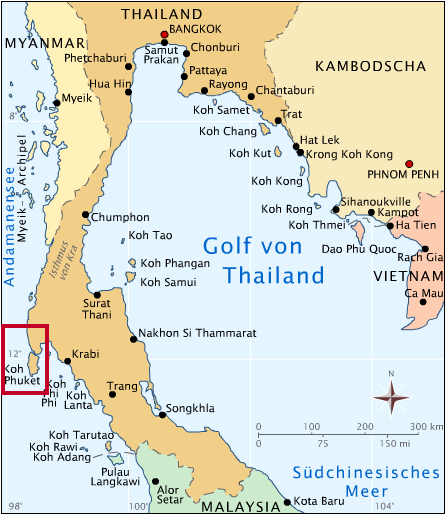


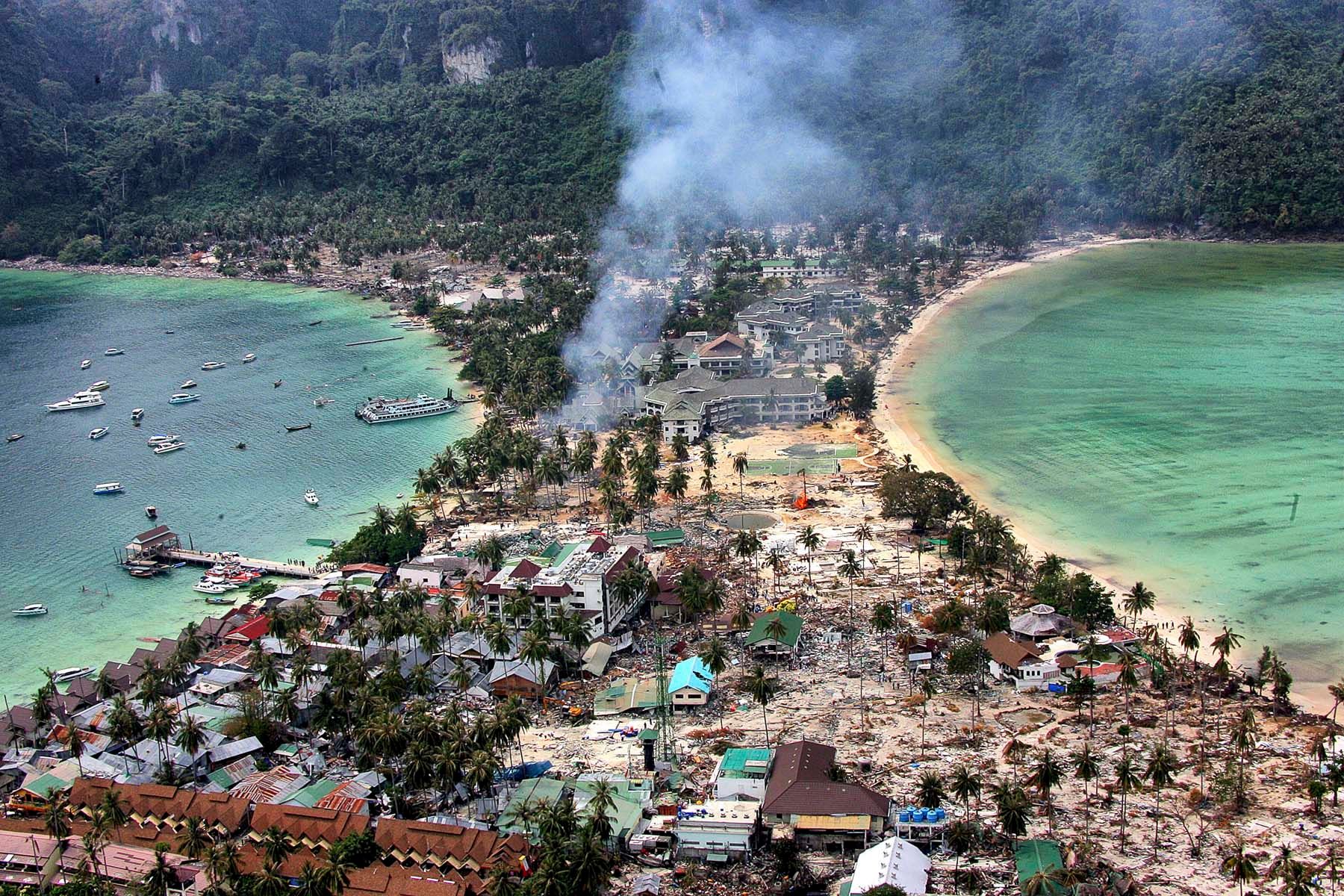
.jpg)
.jpg)